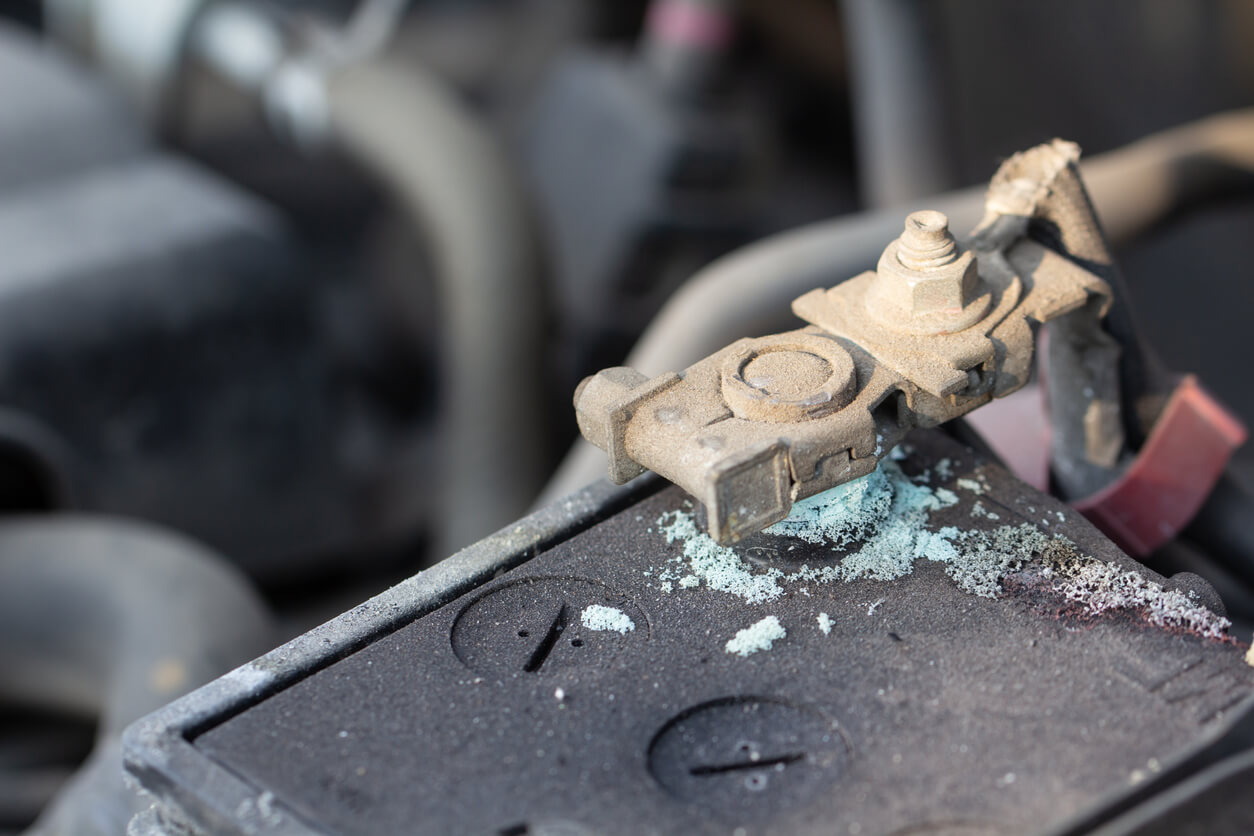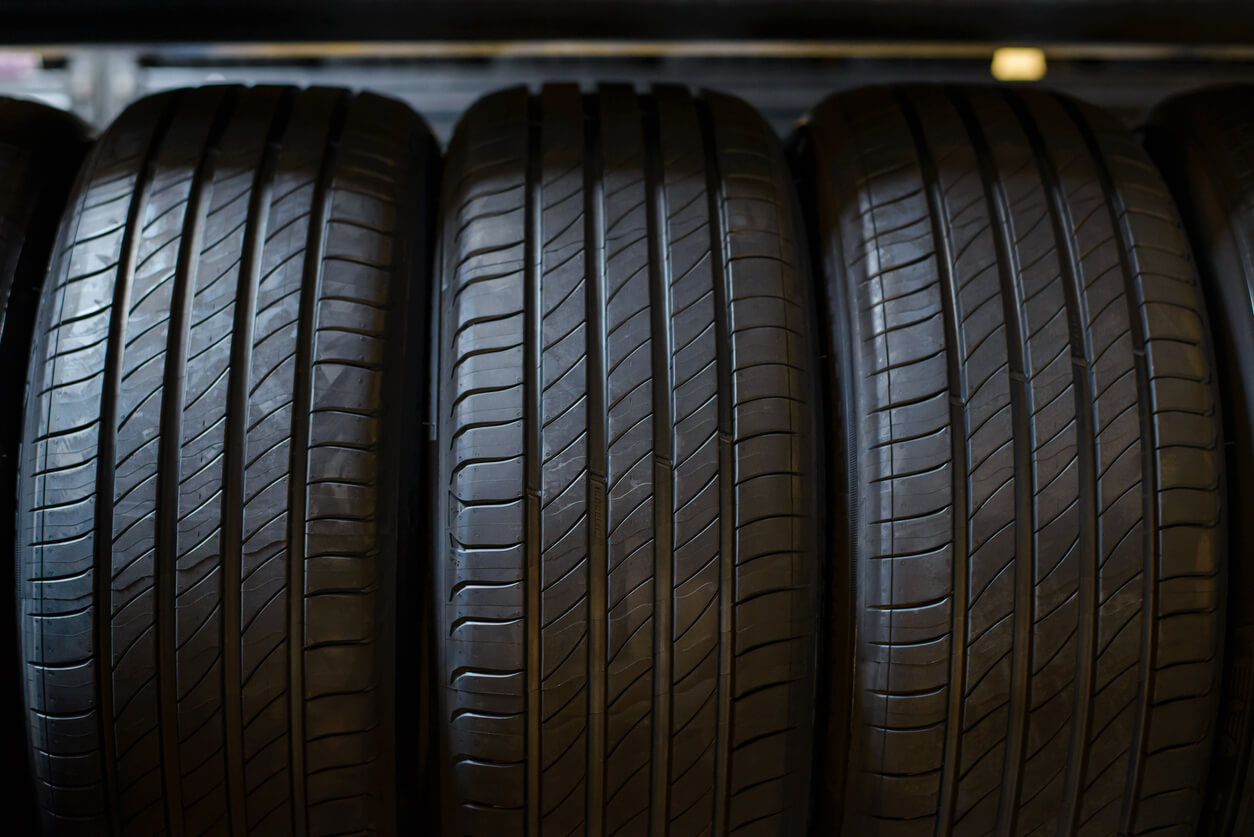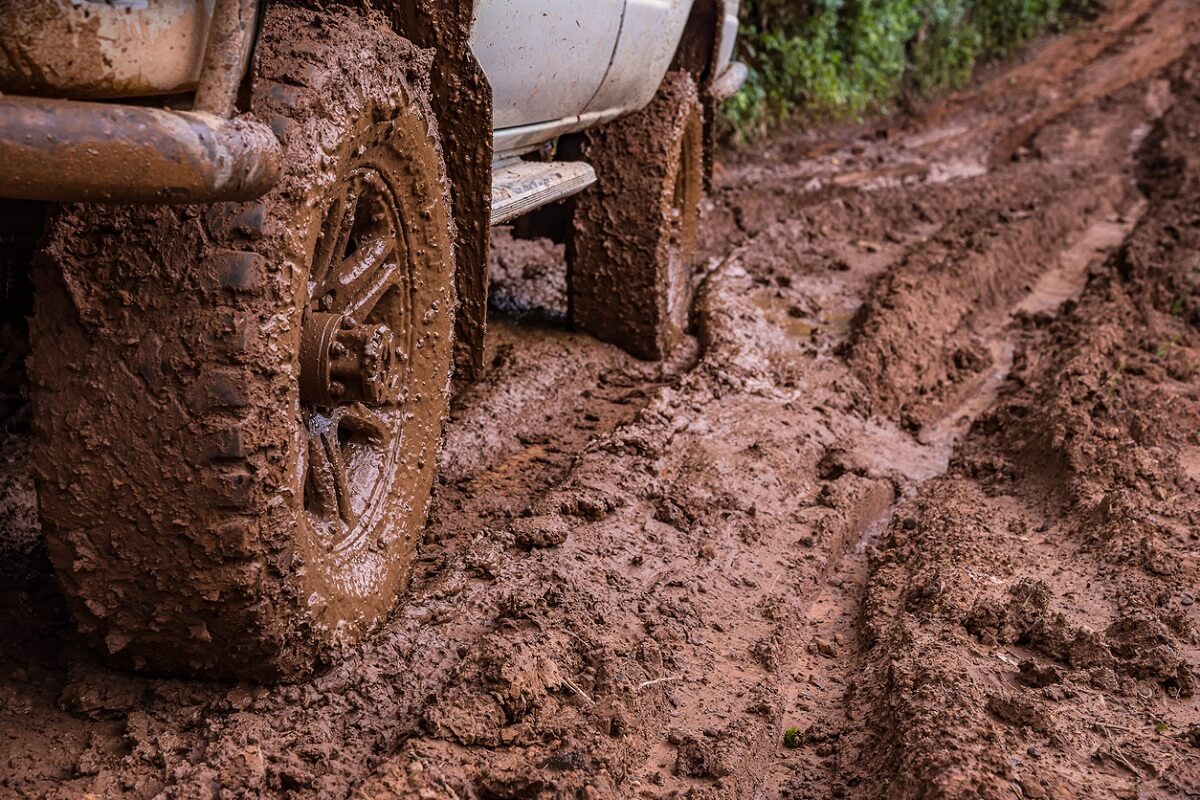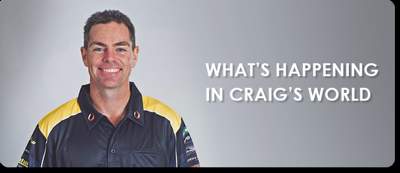Tips for choosing a car seat
When a baby is on the way, the list of baby-related paraphernalia to buy can seem endless.
One item that experts agree you shouldn’t compromise on is a car seat.
We’ve compiled some helpful pointers to consider when choosing a car seat.
Understand the right seat for each age
While the laws for each state and territory are different, here is a general guide to the type of car seat your child should be in.
Birth to six months – your baby should be in a rear-facing restraint such as a capsule or convertible car seat that is designed for newborn babies.
Six months to four years – your child can be in either a rear-facing or forward facing seat.
From four years to seven years - your child must be in a forward-facing car seat or a booster seat which is restrained by a correctly fitted seatbelt or harness.
From seven years old to 16 years old – your child can use either a booster seat or a correctly fitted adult seatbelt.
Seats must meet the AS/NZS 1754:2013 standard, which is demonstrated by a sticker on the side or back of the seat. Other factors such as the child’s height and the type of car seat may play a part on which is the safest seat for your child.
Here’s a list of the regulations in your state or territory so you can find out more:
ACT
Northern Territory
New South Wales
Queensland
Tasmania
Victoria
Western Australia
Handy Hint! The recent incorporation of Isofix anchorage point installation system into the Australian standards has resulted in the introduction of new seats into the local market. Some of them will safely carry a child from 6 months to 8 years old while also allowing children to be rear facing for longer, which experts agree is safer.
How many children are you planning to have? How will the car seats fit in?
With the laws requiring children in car seats or boosters until the age of seven, it’s important to work out how many car seats you can comfortably fit across your car. Check if the seat can fit in the back while still allowing room for someone to sit comfortably in the front passenger seat.
Learn how to install and buckle in your child safely.
It’s shocking to realise that up to 70% of car seats aren’t installed properly – this can have tragic consequences. It’s worth spending the money on having it installed correctly the first time – most installers will give you instructions on how to do it yourself while you are there.
Take the time to read the instruction booklet or watch YouTube videos from the car seat manufacturer about how to correctly strap your child in.
Think about your lifestyle
If the car seat will need to be moved between cars, investigate how easy it is to fit it into your car/s.
Do you plan to travel with it on planes? If so, the weight of the seat will be a factor.
Thinking about buying second hand?
While buying a second hand car seat can be a great way to save money, it is generally recommended that brand new is the best option.
If you do purchase second hand, it is important to ensure it meets the relevant Australian standards, has not been in an accident and its date of manufacture complies with the relevant standards in your state (generally between 6-10 years old).
























